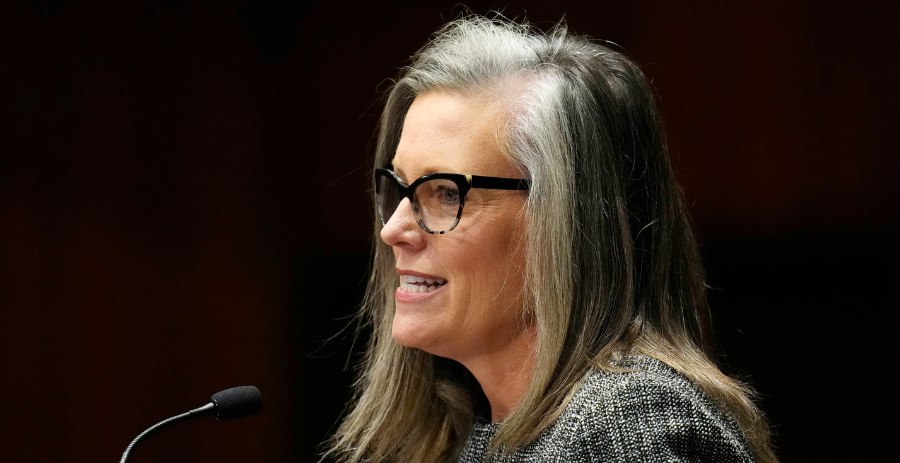budget analysts
Struggling with Stagnant Growth and Rising Costs: Hobbs Faces Hard Decisions

Arizona’s Democratic Governor Katie Hobbs faces a challenging financial landscape in her remaining two years, with limited capacity for new spending initiatives in education, water resources, and other key areas, according to recent budget projections.
While the substantial $2 billion deficit of the current budget year has been resolved, the implications of previous budget cuts remain. State agency budgets have faced reductions, infrastructure projects have been delayed, and funds have been redirected to balance the budget, leaving many critical areas without promised restoration.
A significant concern is the potential funding shortfall for education due to the approaching expiration of Proposition 123, which provides nearly $300 million annually to K-12 schools. As highlighted in a recent presentation from the Joint Legislative Budget Committee (JLBC), replacing these funds and accommodating necessary increases in education and Medicaid spending could consume most of Arizona’s available revenue in the coming years.
Despite current-year revenues exceeding initial projections by $425 million, JLBC officials caution that this doesn’t translate into additional spending flexibility. Richard Stavneak of JLBC emphasized that budget planning relies on projected revenues over a three-year horizon, constraining Governor Hobbs to a meager $159 million in ongoing new revenue.
At a recent press briefing, Hobbs declined to elaborate on her plans given the tight financial situation. She remains hopeful for a shift to Democratic control in the Legislature in the upcoming elections, which could facilitate her initiatives, though reversing past tax cuts remains a daunting challenge.
Hobbs aims for a budget that is bipartisan and responsive to the needs of Arizonans, focusing on education, small businesses, and veteran support. However, Senate Appropriations Committee Chairman John Kavanagh described the current funding situation as constrained, characterizing available funds as “fine-tuning money” rather than a foundation for significant initiatives.
Kavanagh also referenced the implications of previous tax cuts approved in 2021, observing that the ongoing deficit in state revenues has roots in those legislative actions. The anticipated costs of the new universal school voucher program, amounting to $912 million, further complicate the fiscal outlook.
Advocates for Arizona’s three public universities are pressing for a substantial funding increase of more than $700 million annually. They contend that previous funding cuts have jeopardized essential programs, such as the Arizona Teachers Academy, which incentivizes students to become educators in the state.
The budget requests from various state agencies reflect a growing demand for funding, with significant needs expressed by the state’s Medicaid program and the Department of Child Safety, among others. Without renewal of Proposition 123, passed in 2016 to address school funding lawsuits, the educational landscape may face critical challenges.
Negotiations over extending Prop 123 have been contentious, with conflicting proposals from the Governor and Republican lawmakers during the last legislative session. With limited time to resolve these funding issues, urgent action will be required to ensure ongoing support for Arizona schools and critical public services.


















